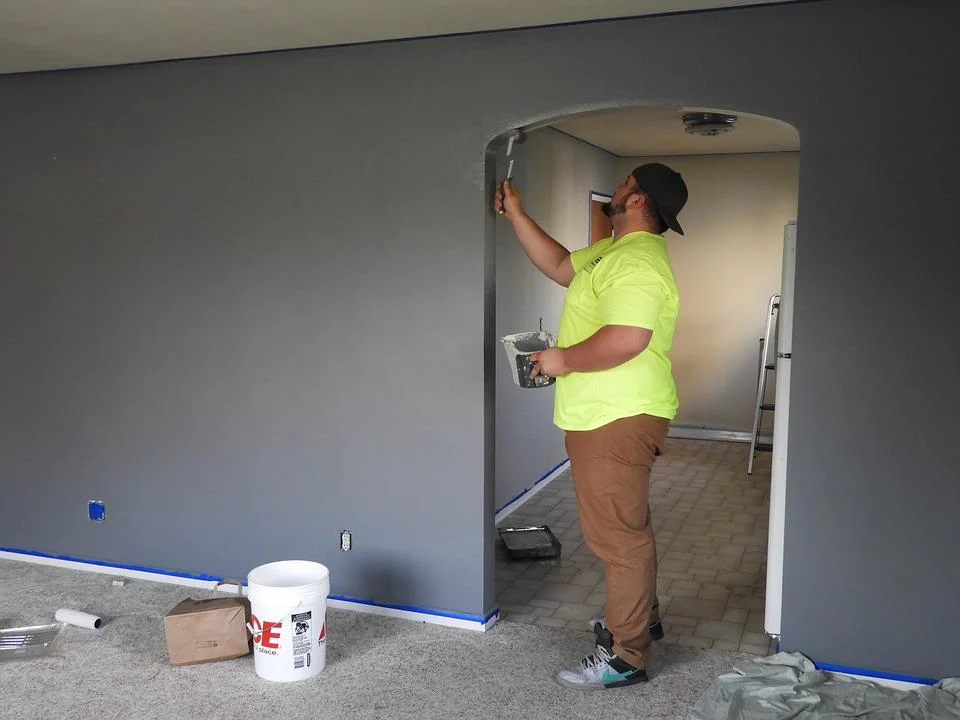Owning a house is not just an emotional experience. It is as well a monetary decision, which may pay dividends as you build equity in your home.
The rate of value your property will increase with depends on several factors, including the economy, demand for housing, and the community where the house is located.
However, homeowners might as well impact the value of their houses over time by considering the following changes and upgrades:
1. Double Glazing
This is a kind of insulated door or window with two glass panes, which are divided by gas or air. Double glazing can add an appealing appearance to the windows alongside, making them soundproof and energy-efficient. This investment is worth it since it comes with long-term benefits and serves a purpose.
Considering double glazing will help to add value to your home by making your home look desirable to potential buyers. Research shows that the value of a property fitted with double glazed doors and windows increases by around 10%.
2. Conversion of Garage to a Living Room
If you no longer use your garage to accommodate cars, converting it into a living room will make more sense, especially when you have enough parking space outside.
The first step you need to take is to determine whether the garage is suitable for converting it and if you require planning permission.
The work required to convert garages can be classed as permitted development in most cases. So you don’t need any planning permission. Though it is best to always check with the local planning authority.
3. Home Office
Many companies look for ways to minimize carbon footprint and costs. The best way to achieve this is to provide telecommuting options for workers.
Thousands of Americans prefer working from home, and this number continues to grow every year, making home offices a necessity.
Creating working space to serve as a home office will not just add value to the property. It will as well make telecommuting tax-deductible.
4. Appliance Upgrade
Although some appliances need a big investment, they make a big difference in the style and function of a home. Yellow refrigerators from the 70s and old-fashioned washing machines you bought 20 years ago may diminish your home’s value.
Most potential buyers will appreciate upgraded appliances, which they may enjoy for many years. Several modern appliances also come with more fascinating tech features for convenience. Although modern models will cost more, they are a huge selling point for home buyers.
5. Paint Application
Painting your home may lift its mood, and it can be a cheaper project when you choose to handle the work yourself.
You may also get away with giving door frames, windows, doors, and skirting boards a thorough cleaning with natural alternatives, like washing soda.
If you choose to do all these yourself, ensure you handle one room at a time. You will just need one or two days to get it done.
Final Remarks!
Upgrading your home to make it more valuable is something you can easily achieve. All you need is a good plan and get help from a reliable handyman or contractor to make the goal achievable.
